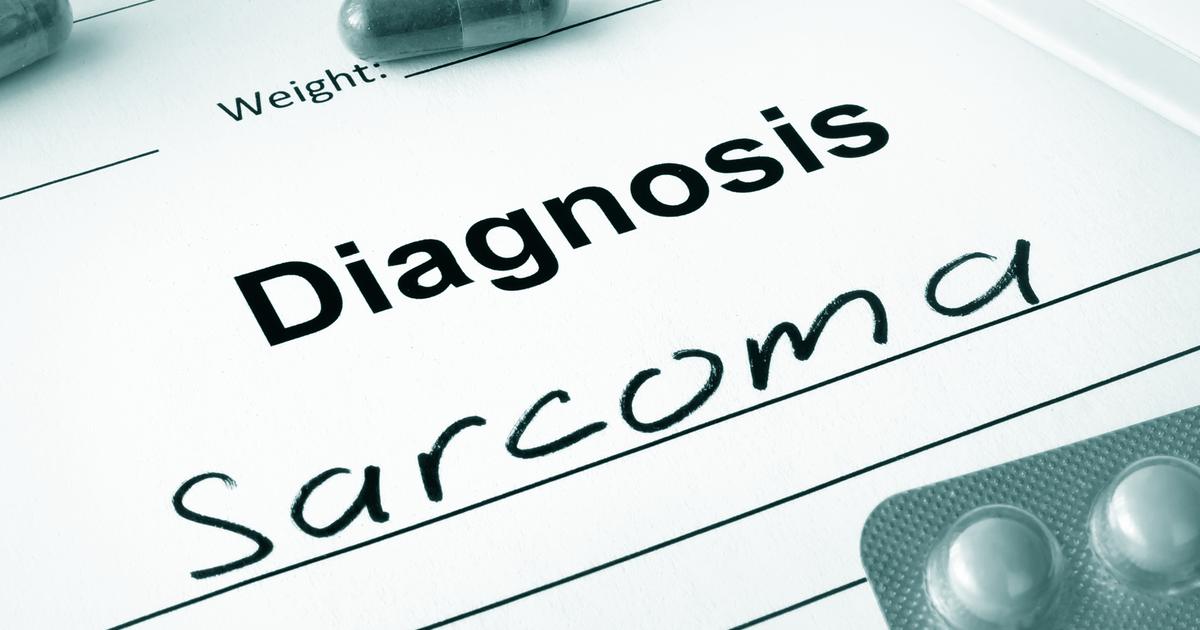Most Common Types Of Cancer Found In Li-Fraumeni Syndrome
Li-Fraumeni syndrome is a disorder that causes an individual's risk of developing certain types of cancers to be significantly greater than the general population. Specific mutations an affected individual inherits from their parents are implicated in the development of Li-Fraumeni syndrome. The mutations that cause Li-Fraumeni syndrome occur on the TP53 gene and CHEK2, which are both tumor suppressor genes.
The average chance of a Li-Fraumeni syndrome patient to develop any form of cancer is ninety percent. Around half of all cancers that develop in these patients are diagnosed before the third decade of life. There is no cure for Li-Fraumeni syndrome and no symptoms aside from the increased development of cancer. Treatment is based around diligent screening protocols that increase the chances of early detection of cancer.
Soft-Tissue Sarcoma

Soft-tissue sarcoma is a form of cancer that originates in the connective tissues. The connective tissues include those that attach, surround, and support other structures in the body. The lining of the joints, fat, nerves, tendons, muscle, and blood vessels are all considered connective tissues. Over half of all Li-Fraumeni precipitated soft-tissue sarcomas develop in a patient's legs and arms. Only thirty-three percent of soft-tissue sarcomas originate in an affected individual's trunk.
Around twenty different forms of soft-tissue sarcomas have been identified. Some of the most common types of soft-tissue sarcoma that occur in individuals with Li-Fraumeni syndrome include rhabdomyosarcoma, liposarcoma, synovial sarcoma, angiosarcoma, leiomyosarcoma, and fibrosarcoma. Symptoms of a soft-tissue sarcoma include an abnormal lump in the body, problems with urinating, constipation, headache, nausea, a painful joint, or bulging eye.
Osteosarcoma

Osteosarcoma is a form of malignancy that develops in the bone-forming cells of the body. The long bones are most affected by osteosarcoma, including the long bones in the arms and legs. Individuals who have Li-Fraumeni syndrome precipitated osteosarcoma experience symptoms that include joint pain, bone swelling, joint swelling, bone pain, and bone injury or fracture with little to no impact. Osteosarcoma can metastasize to other tissues in the affected individual's body, which makes treatment challenging.
Osteosarcoma is diagnosed with the use of x-rays, MRI scans, CT scans, bone scan, bone needle biopsy, and surgical bone biopsy. This type of tumor is treated with radiation therapy, chemotherapy, and surgery. Many patients undergo chemotherapy before having surgery to remove their osteosarcoma. Surgical procedures to remove osteosarcoma may involve the amputation of the limb, installation of a metal implant, or installation of an allograft to retain the appearance and functionality of the limb.
